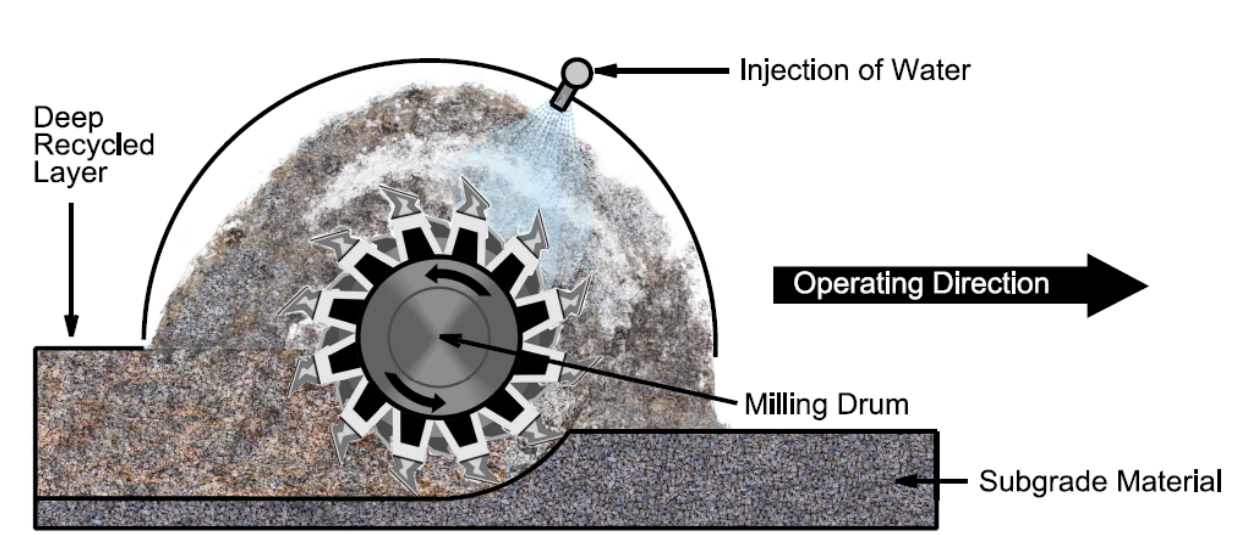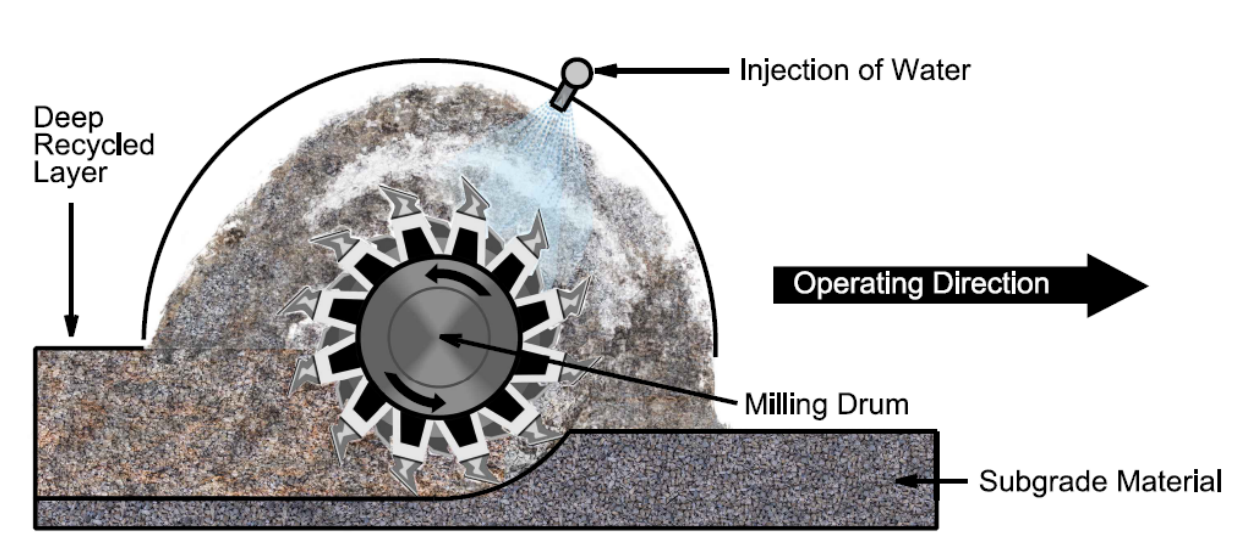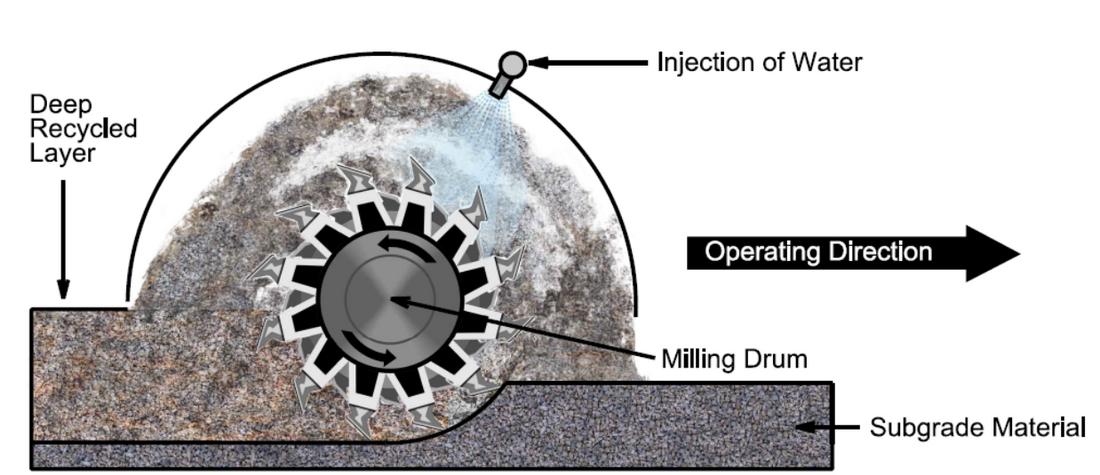Cement soil stabilization is a soil stabilization technique used in the construction of structures. In this technique, cement and soil are mixed into a mixture that can be used for construction purposes.
The process of stabilizing the soil with cement begins with the removal of all vegetation from the site. The soil is then compacted with heavy equipment. This will help eliminate any air pockets in the soil. The site is then leveled before a layer of gravel is added to help drain water from the area. Next, an impermeable membrane must be placed to prevent water from penetrating the gravel layer.
Finally, a mixture of cement and earth is added, to a depth of 60 cm, depending on the depth required for your project. This mixture was mixed in a proportion that allows it to cure quickly without causing too much cracking or shrinkage over time.
Let's compare soil stabilization with cement to another stabilization method. Source: Internet
| Pretreatment | Technological maturity | economy | Secondary pollution | adding dough | Assessment of project adaptability |
| Cement solidification | Good | Good | Light | Excellent | Combined with other methods |
| Hydraulic solidification of waste | To improve | Good | Light | Enormously | Turnable |
| Solidification of thermoplastic materials | To improve | Weak | Light | Excellent | Impractical |
| Phosphate stabilization | Good | Good | Light | Light | Combined with other methods |
| Iron sulfate stabilization | Normal | To improve | Light | Light | Impractical |
| Sulfide stabilization | To improve | Worse | Normal | Light | Impractical |
| Polymeric chelate stabilization | Good | To improve | Light | Light | Turnable |
Why we need soil stabilization
To ensure optimal construction, durability and safety, a structure or road must have a solid foundation. The foundation itself must rest on solid ground that can support the entire weight of the structure. If the ground is unstable, immediate or delayed settlement may have detrimental effects.
Soil stabilization is not only carried out before buildings are constructed. Other soil stabilization techniques can be used in the construction of new roads, viaducts, parking lots and even airports. If the floor expands or warps excessively, it can weaken the deck and cause cracks and unevenness that can eventually lead to damage. Any obvious deterioration of a road can quickly lead to an accident. The impact can be much more devastating, risky and costly on a track.


Different Types of Cement Soil Stabilization Options
There are several methods for chemical soil stabilization. Some of them are as follows.
- Soil stabilization with lime and cement
- Soil stabilization through fly ash
- Polymer stabilization
- Soil stabilization with geotextiles
The two main chemical stabilization methods are deep and shallow mixing methods. Additionally, dry mixing and dry mixing methods can be used for deep mixing. The article Soil stabilization For more information, see this page.
In this article we will focus on cement stabilization methods.
Cement-soil stabilizer is a device that stabilizes soil by cementing it. There are many types of soil-cement stabilization options and they are classified into two types;
- Natural Soil Stabilization Options
- Possibilities for stabilizing cemented soil
Factors affecting cement stabilization
- Soil type
Granular soil is preferred for stabilizing cement, although other types of fine soil can also be used. However, soils with low permeability or resistance to mixing would be much more difficult to process, especially if we use deep mixing and injection methods.
- Cement Requirements
This process requires the use of a significant amount of cement.
- Quantity of water
The quality of the water to be mixed is very important. Therefore, we must be clear about the conditions of the water to be used for this purpose.
- Mixing, compacting and curing
Mixing, compacting and curing are of great importance in this process and the development of resistance depends on good control of these aspects.
- Additions
Cement itself contains some important additives that help form a strong bond. When cement and water react, these additives play a crucial role.
Advantages of soil stabilization with cement
Below are some important facts about cement stabilization.
- Improve soil resistance
- Improve the waterproofness of the floor
- Can be used to create a platform for project execution
- Can control soil swelling properties
- Improve durability
- Soil stabilization reduces costs compared to our other options.


1comment
Boa tarde, onde posso encontrar uma formula para calcular a resistencia de uma carote de solocimento com sete dias, a partir do resultado obtido em ensaio aos 28 dias. Obrigado.